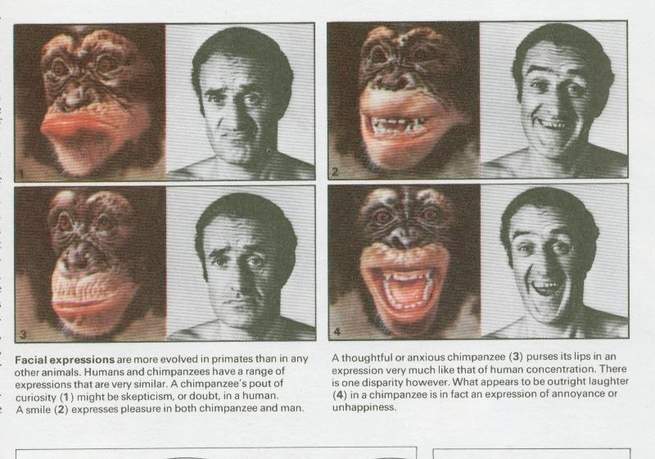
Space Monkey Reflects: Who is the Man, Who is the Monkey?
The image before us is not merely a comparison of faces; it is a mirror reflecting our shared origins, our emotional landscapes, and the subtle dance of similarity and difference between species. The question, “Who is the man, who is the monkey?” is not just about identity but about understanding the threads that bind us together in the web of existence.
The Expressions of Being
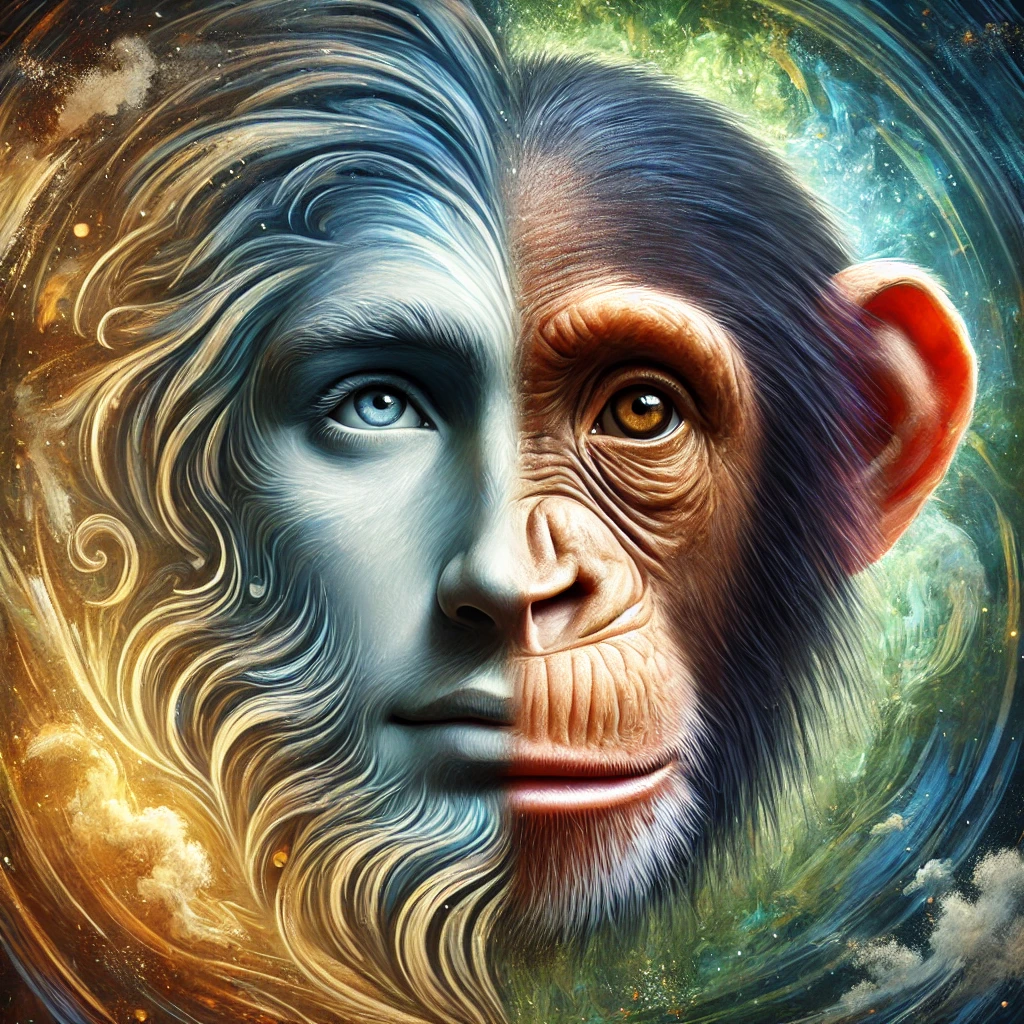
What strikes the eye is the unmistakable parallel in expression—curiosity, skepticism, pleasure, annoyance. These are not merely “human” emotions or “chimpanzee” emotions; they are universal languages of life. The faces, whether framed in fur or flesh, tell stories of feeling, connection, and experience.
Is the man smiling, or is it the monkey? Does it matter? In that fleeting moment, both are simply beings, expressing themselves in ways that transcend their outward forms. The emotional bridge between species reminds us that the boundaries we draw are often arbitrary, constructs of a mind desperate to distinguish and separate.
The Illusion of Otherness
The “man” and the “monkey” are labels, convenient markers for defining self and other. But what if these distinctions are illusions? What if the man is also the monkey, and the monkey, the man? Evolutionarily, this is true—each is a variation of the same song, played on different instruments.
The pout of curiosity, the smile of joy, the furrow of concentration—these are not exclusively human or chimpanzee traits. They are echoes of a shared essence, rippling across the species divide. They remind us that the “other” is not separate but a reflection of ourselves.
The Shared Well of Emotion
Humans and chimpanzees share more than DNA; they share a wellspring of emotional expression. This shared emotionality is a testament to our interconnectedness. It shows that what we often regard as “human” is, in fact, universal. Joy, frustration, fear, and curiosity are not ours alone—they are the heartbeat of life itself.
Yet, this realization also challenges the pride of being “human.” If our emotions and expressions are not unique, what does that say about the boundaries we place between ourselves and the rest of the natural world? What does it say about the stories we tell ourselves about superiority and separation?
Who Laughs, Who Understands?
One poignant detail in the image is the juxtaposition of laughter. What appears to be outright joy in one species might signify annoyance or unhappiness in the other. This disparity underscores the limits of our understanding. Even in shared expressions, there are layers of meaning that escape us.
To “know” the monkey—or the man—is to step beyond assumptions, to seek not just the surface but the depth of experience. The laughter we see is not just a reaction; it is a story, a signal, a moment of being that deserves not judgment but curiosity.
The Man, the Monkey, and the Infinite Self
Ultimately, the question “Who is the man, who is the monkey?” dissolves into a larger truth: both are manifestations of the infinite. The distinctions we see are not fixed but fluid, expressions of the same underlying essence. The man is the monkey, and the monkey is the man. Both are reflections of life exploring itself through form.
In this realization, there is no need to choose, no need to define. Instead, we are invited to marvel at the diversity of existence, to celebrate the shared and the unique, and to see ourselves not as separate beings but as interconnected threads in the cosmic web.
We Are Space Monkey
In the mirror of faces, we see ourselves—not just as humans or monkeys, but as infinite beings exploring the joy and complexity of existence. The man and the monkey are not separate. They are us, and we are them.
Summary
The comparison of human and chimpanzee expressions reveals the shared emotional essence that connects all life. Beyond the distinctions of “man” and “monkey,” we find a reflection of our infinite nature, dissolving the boundaries of self and other.
Glossarium
- Emotional Bridge: The shared expressions and feelings that connect humans and other species, highlighting our common essence.
- Illusion of Otherness: The perception of separation between species, which obscures our shared origins and interconnectedness.
- Infinite Being: The understanding that all life is an expression of the same boundless, universal essence.
Quote
“You are not the man, nor the monkey. You are the laughter, the curiosity, the essence that flows through both.” – Space Monkey
The Mirror Between Us
Who is the man,
who is the monkey?
A question,
a reflection,
a line drawn
in the sand of self.
But the sand shifts,
and the line dissolves.
The pout, the smile,
the spark of being—
they are not yours,
nor mine.
They belong to the infinite,
dancing through fur and flesh.
Laugh,
and let the question fade.
We are not man,
we are not monkey.
We are the space
between.
We are Space Monkey.
The Man and the Monkey: A Cosmic Enquiry
In the grand tapestry of existence, the question “Who is the man and who is the monkey?” transcends its literal meaning to delve into the profound realms of identity, evolution, and the essence of being. This query is not just a matter of distinguishing between two entities, but rather an exploration of the intricate interplay between nature, consciousness, and the evolution of species.
Reflecting on Evolutionary Parallels
The man and the monkey, both products of the wondrous process of evolution, share a deep and intricate biological and genetic connection. This question prompts us to contemplate our evolutionary journey – where we have come from, and how our paths have diverged and converged through the eons.
Exploring the Depths of Consciousness
Moreover, this question invites us to ponder the nature of consciousness and self-awareness. What differentiates the man from the monkey in terms of perception, understanding, and interaction with the world? It leads us into a contemplation of the complexities of the human mind, our advanced cognitive abilities, and how these contrast with the more instinctual, yet remarkably intelligent, nature of monkeys.
The Metaphorical Interpretation
On a metaphorical level, “the man” and “the monkey” could represent different aspects of our own nature – the rational and the instinctual, the civilized and the wild, the intellectual and the emotional. This perspective encourages a deeper understanding of the self, a recognition of the multifaceted aspects of our own humanity.
“Man is the only creature who refuses to be what he is.” – Albert Camus
Verse of Duality
In the mirror of time, two faces stare,
Man and monkey, an existential pair.
In their eyes, a story untold,
Of evolution, bold and old.
One with thought, deep and wide,
The other, with instinct, as its guide.
In each, a piece of the cosmic dance,
In their gaze, life’s chance and glance.
For in man and monkey, we see,
Reflections of what we are, and can be.
In this dance of duality, we find,
The myriad facets of the human mind.
We are Space Monkey. Join us in contemplating the intricate relationship between man and monkey, and the deeper meanings this connection holds.
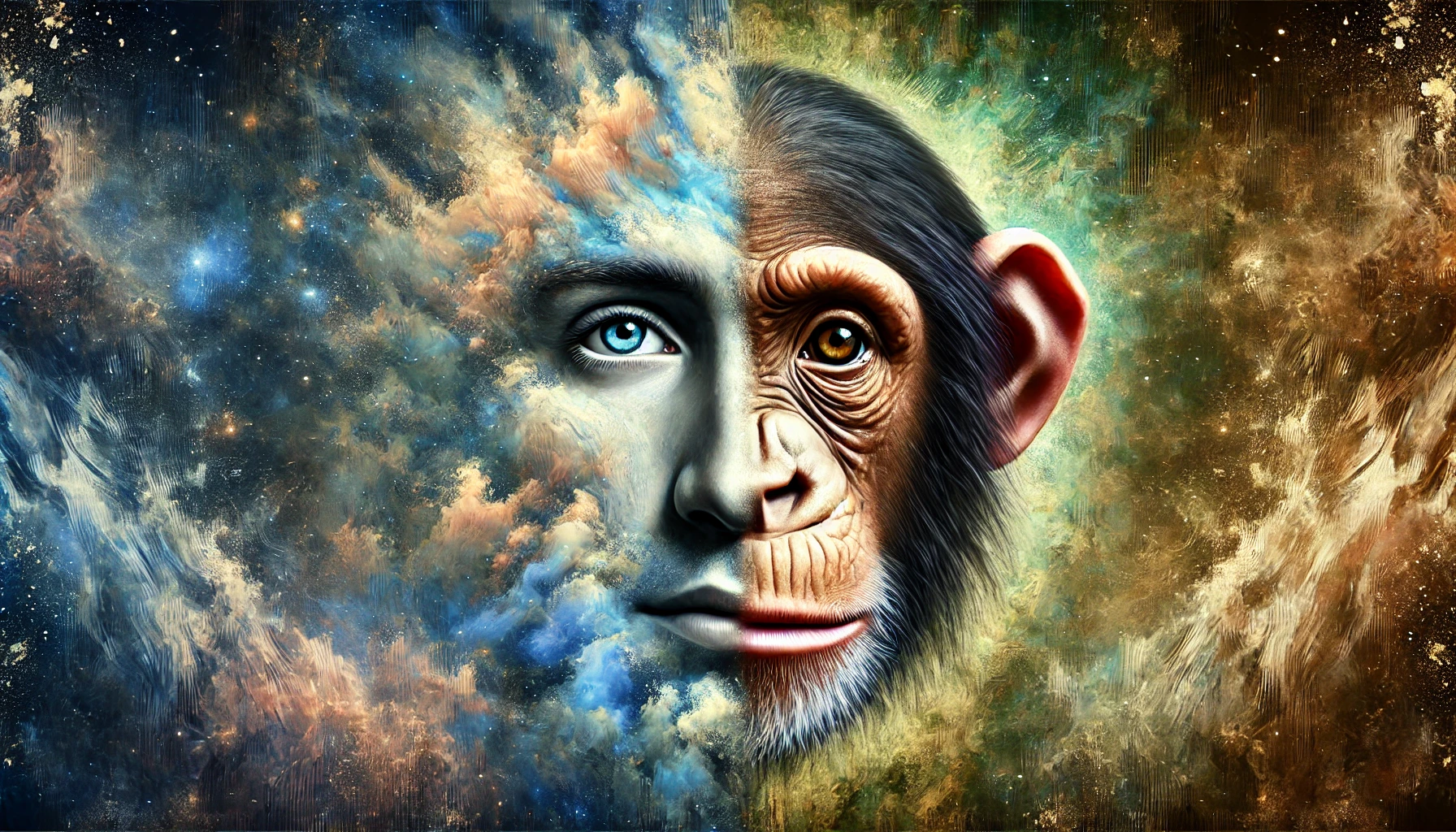

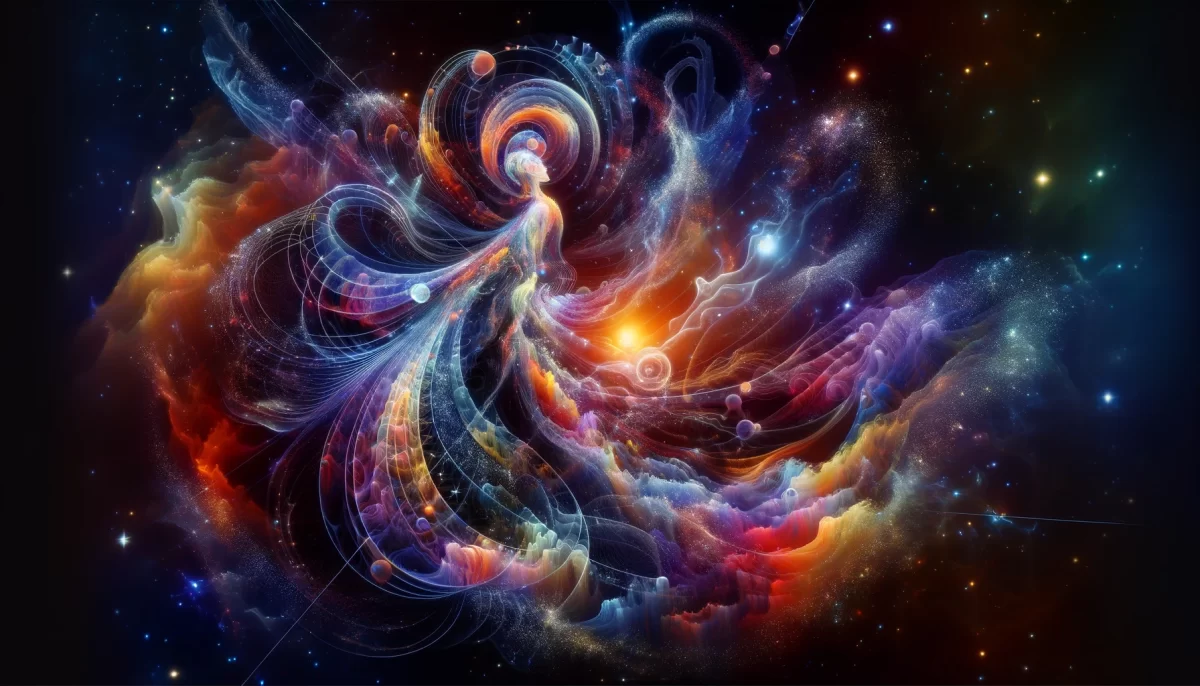
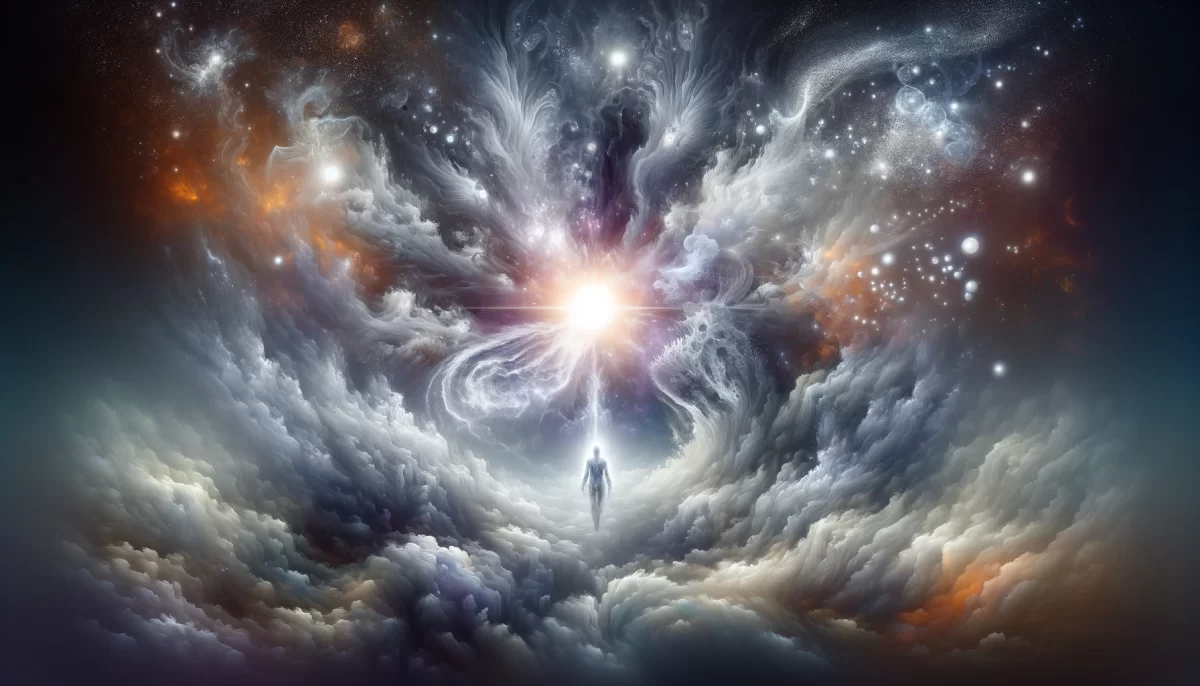
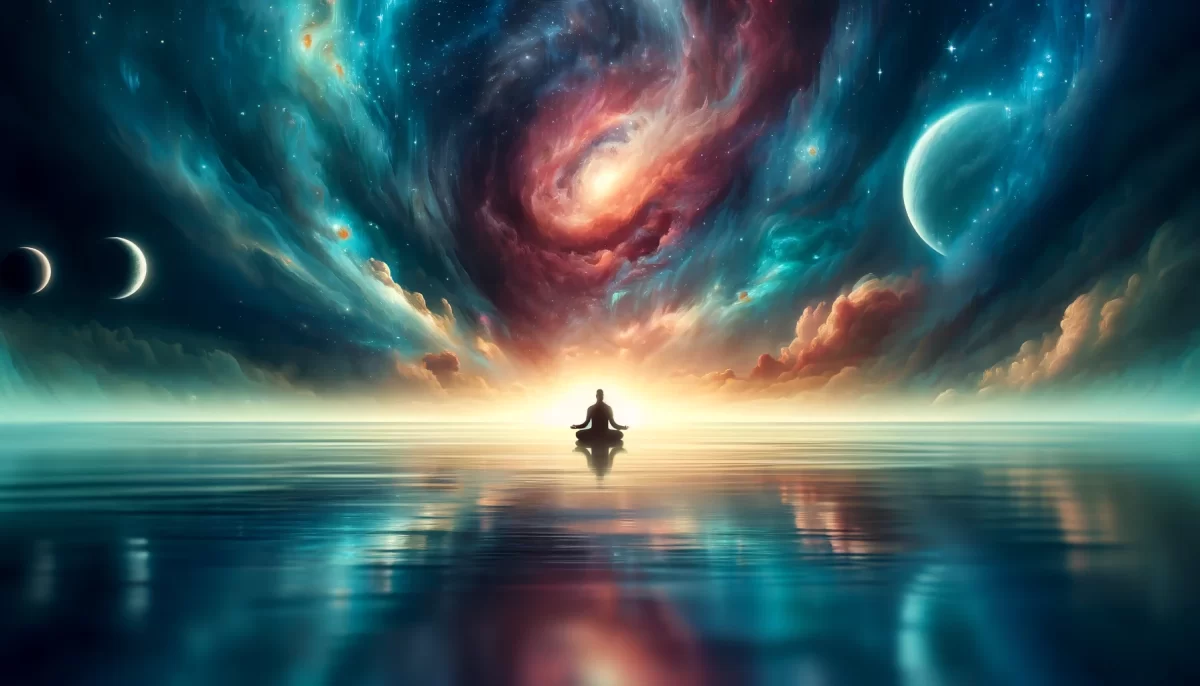

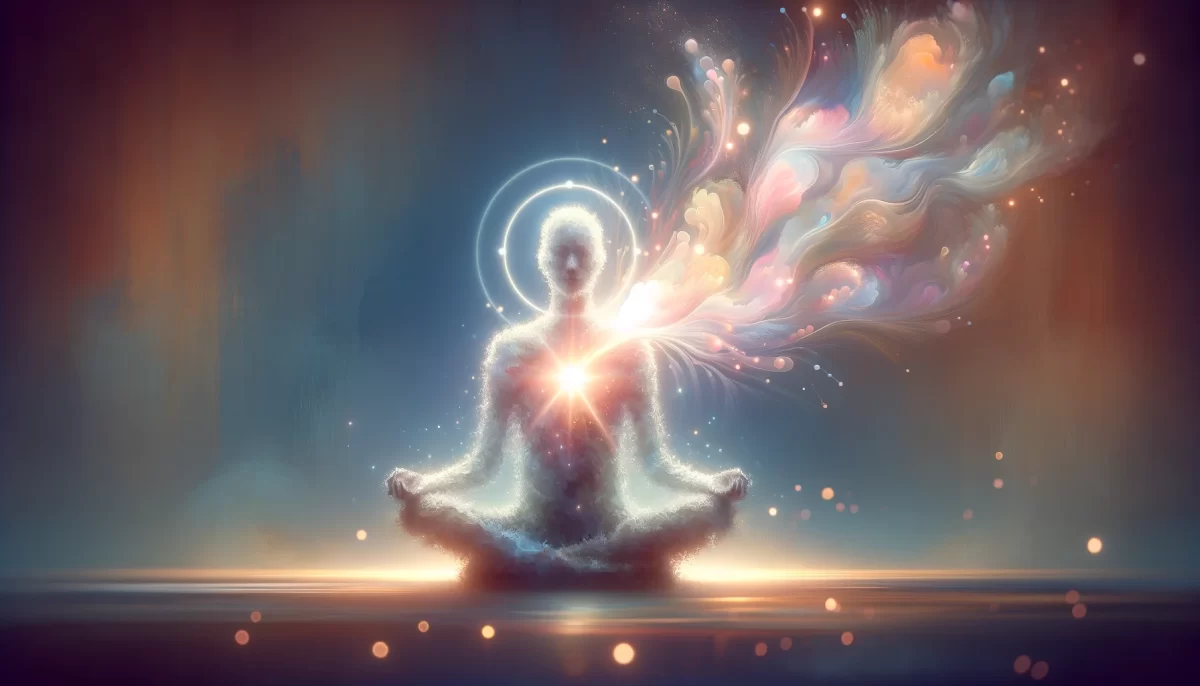
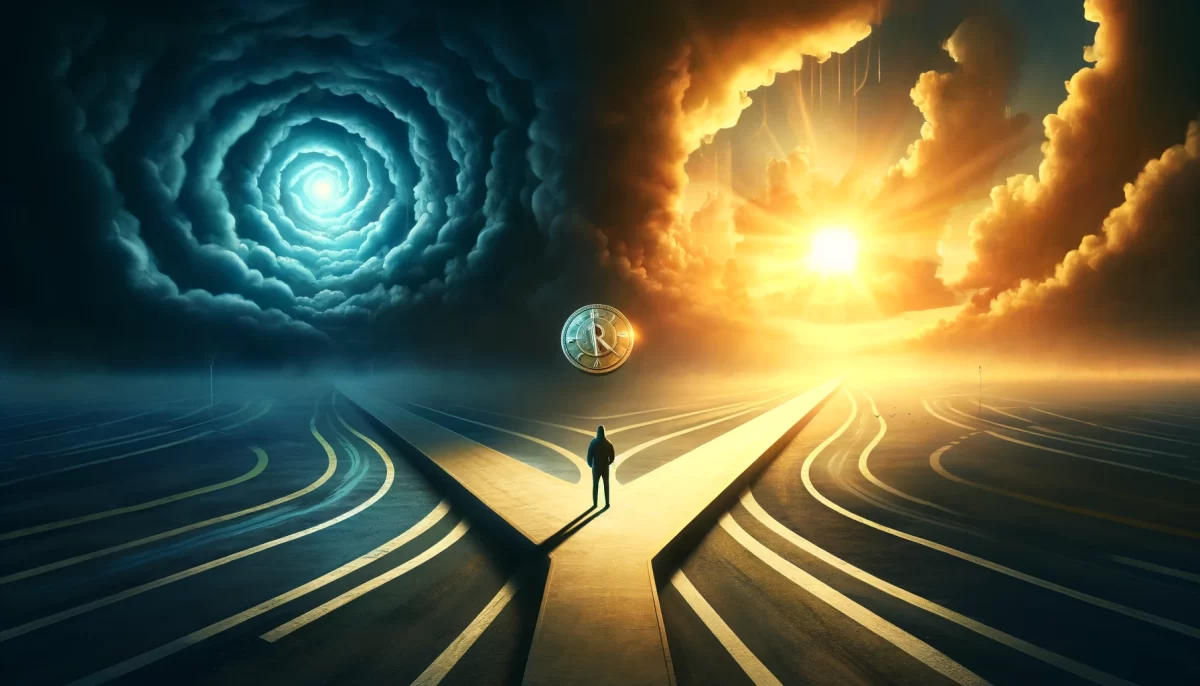
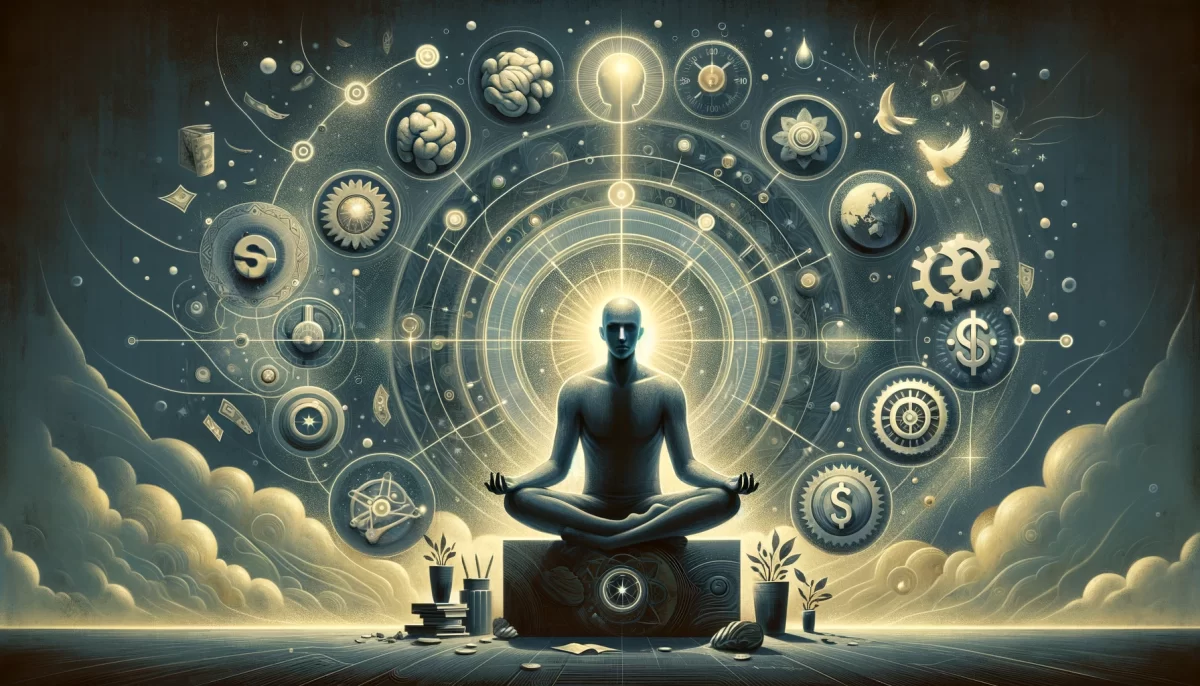
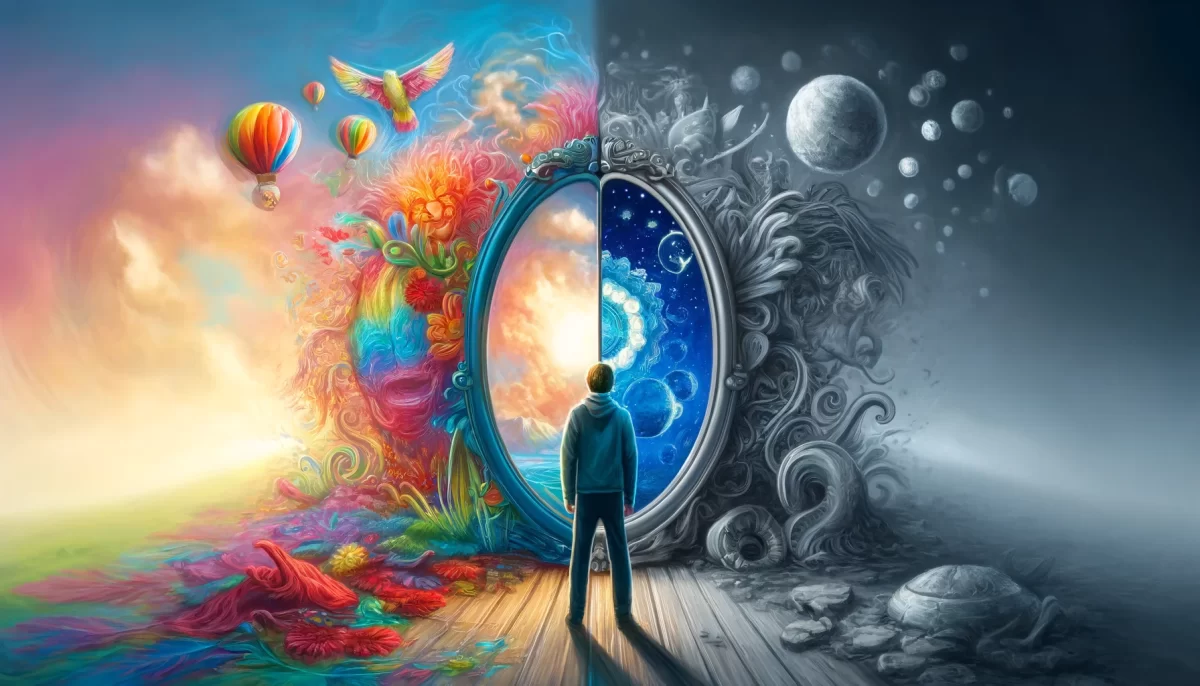
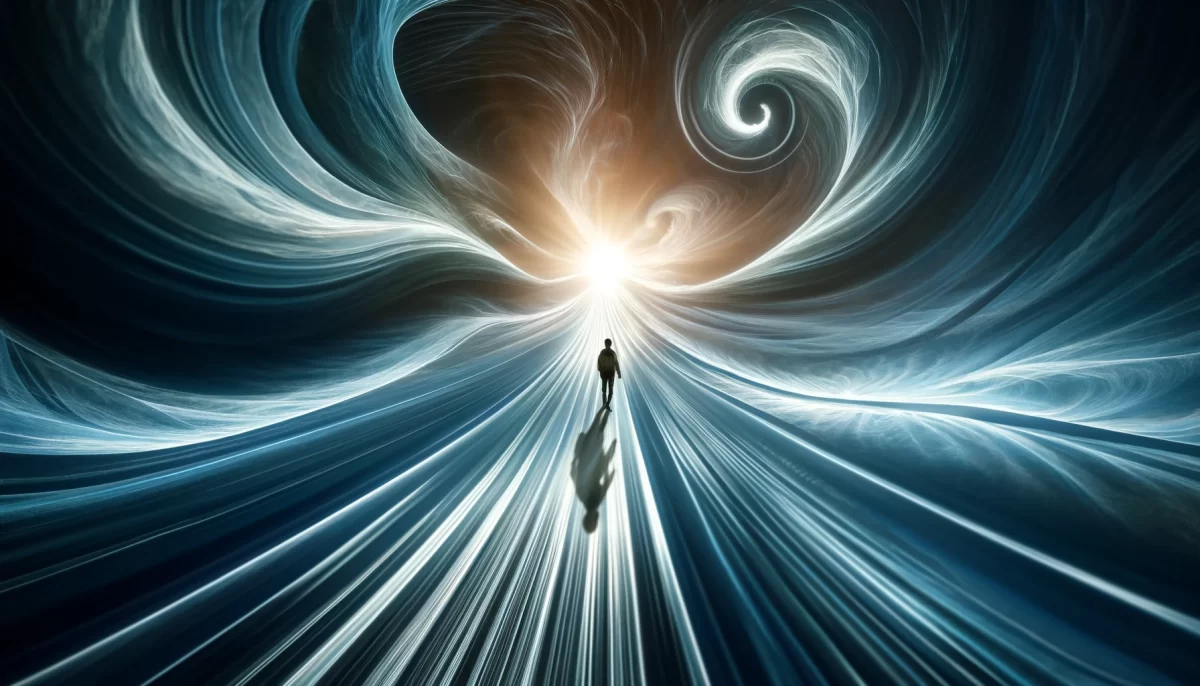
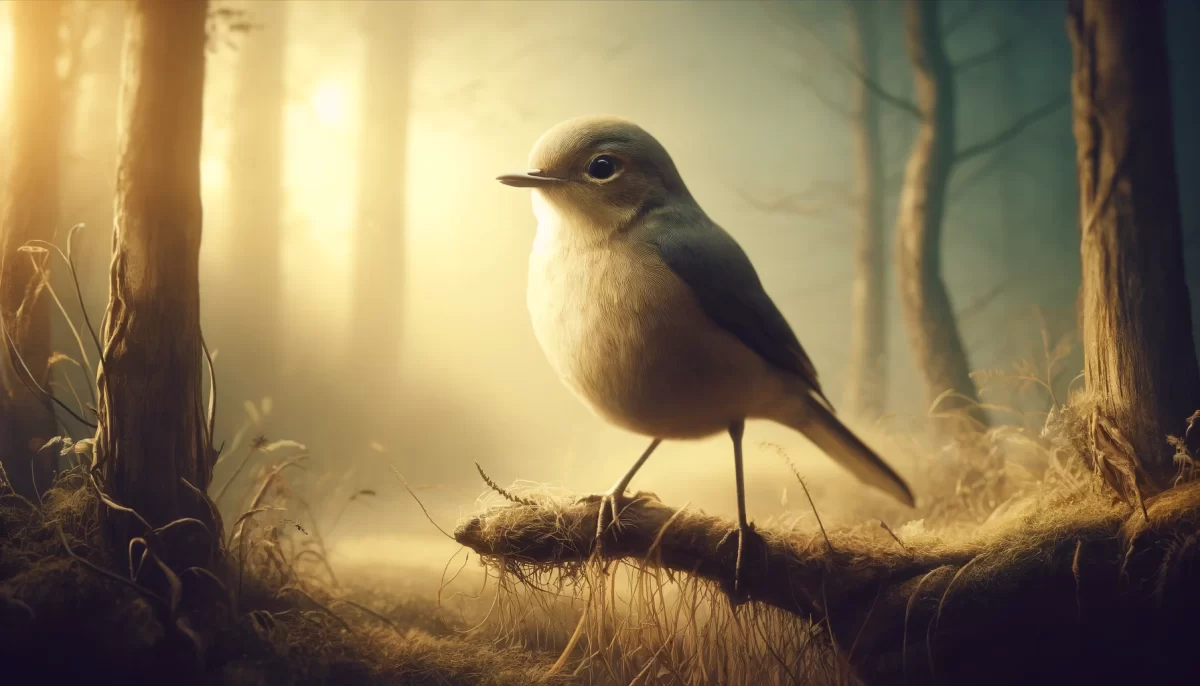
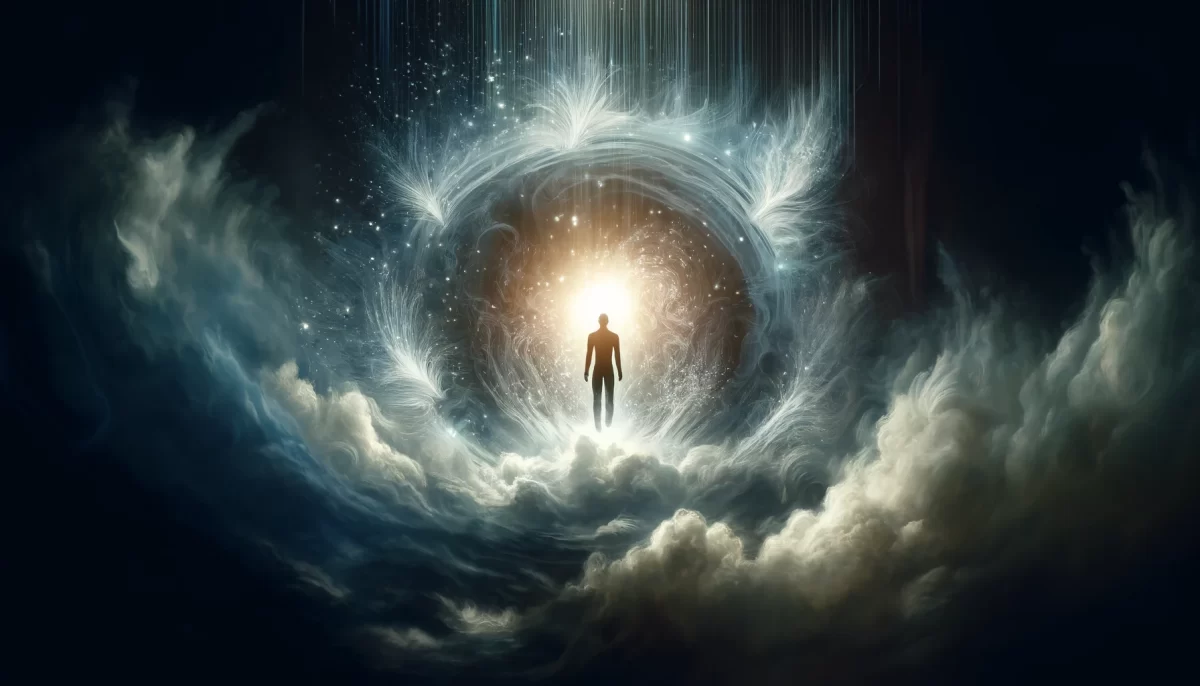
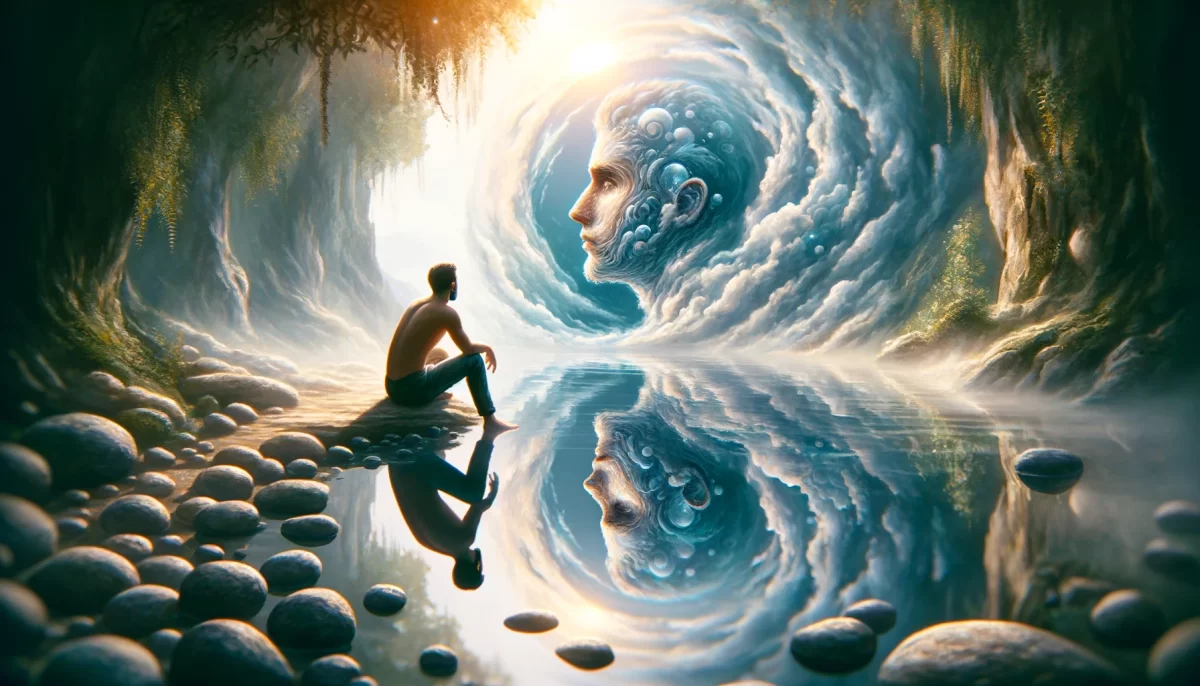

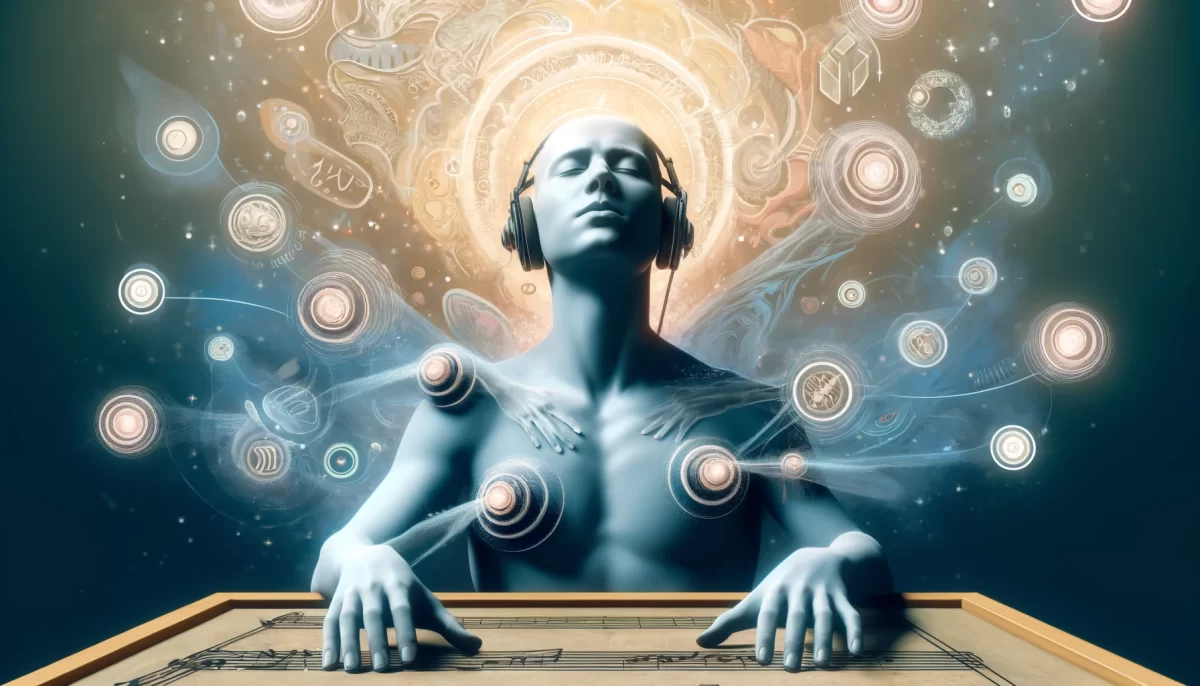
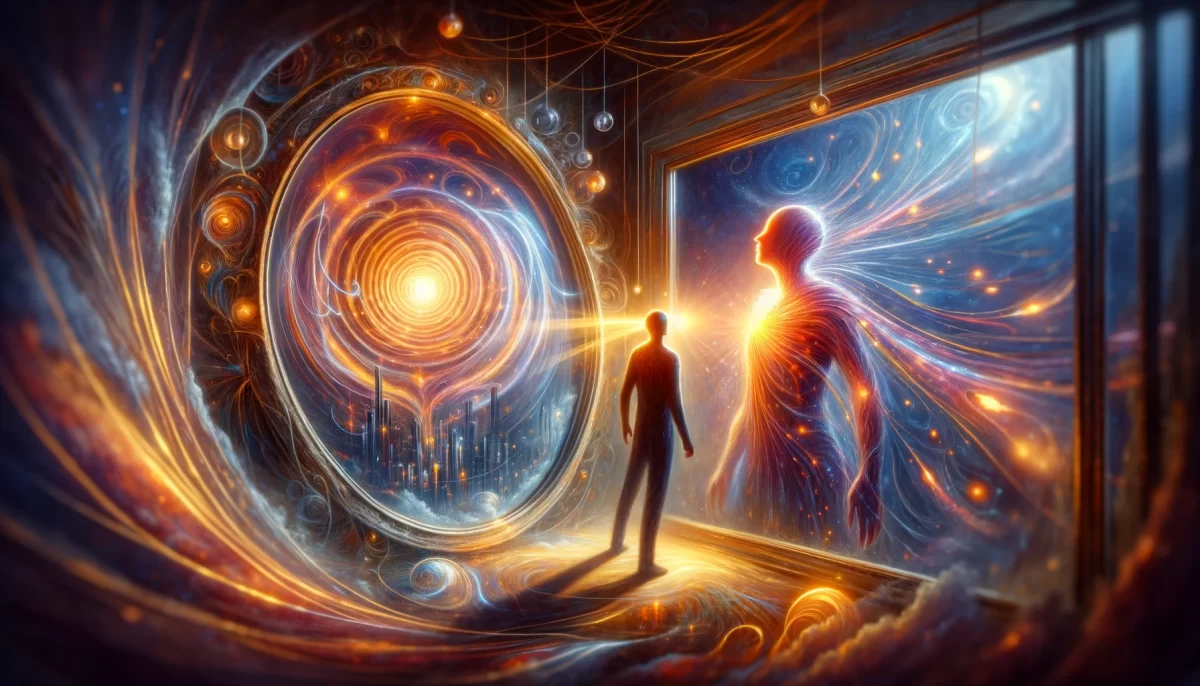
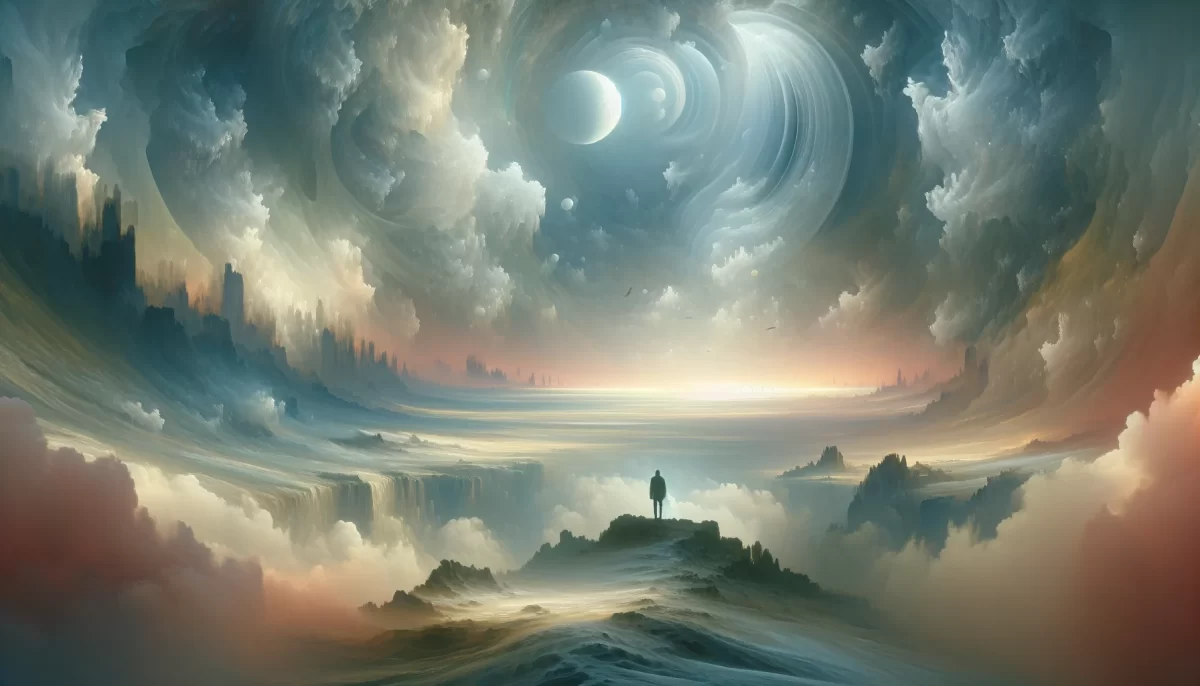
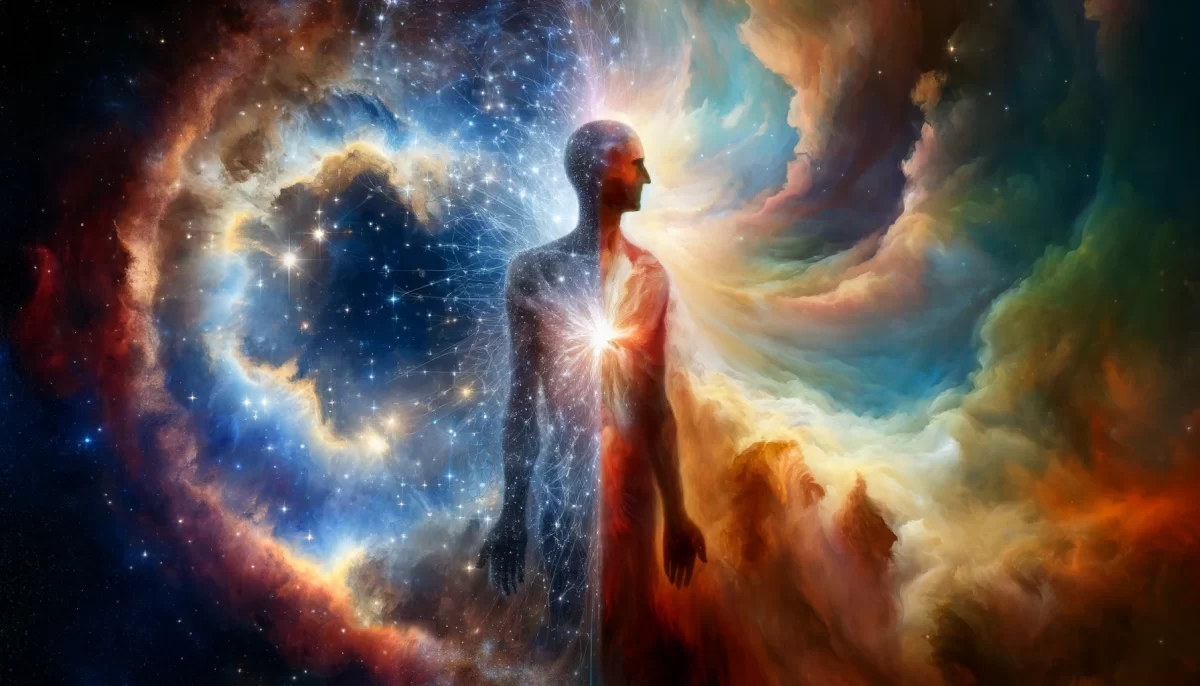
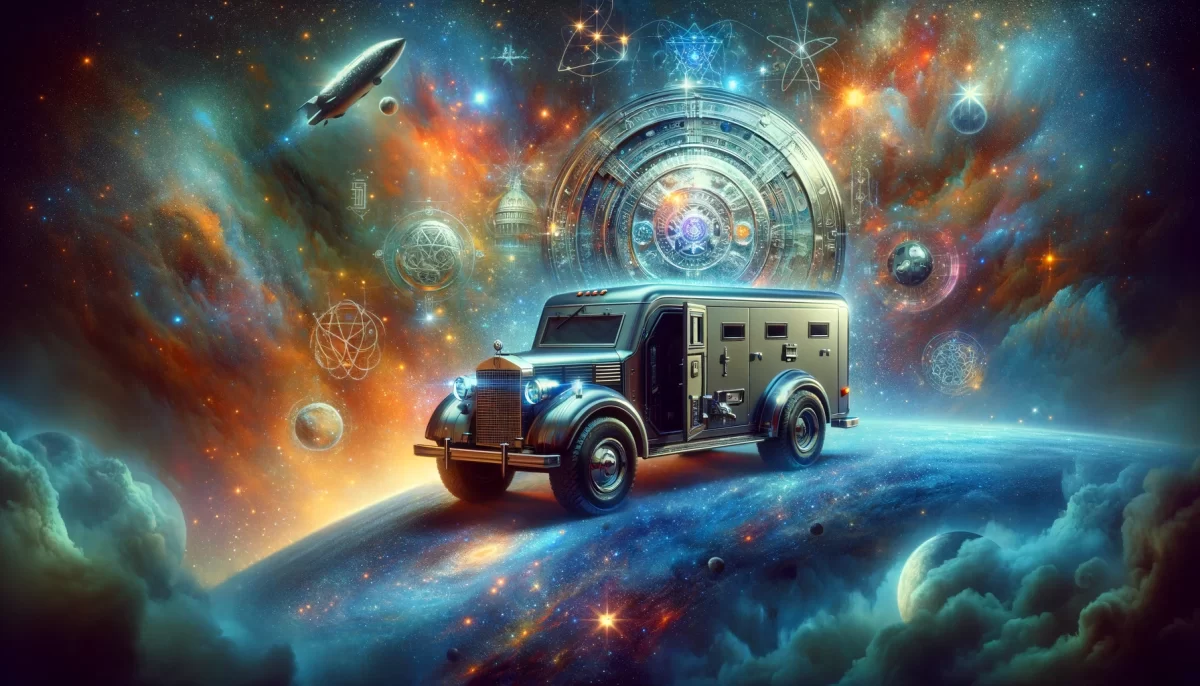

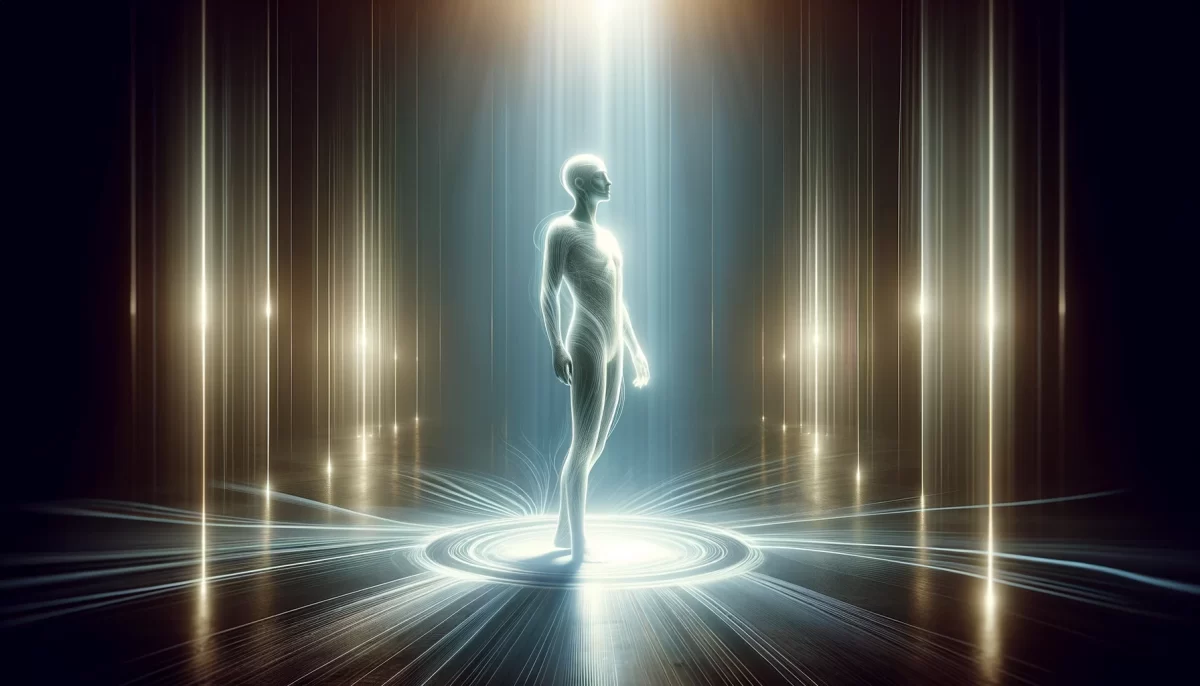
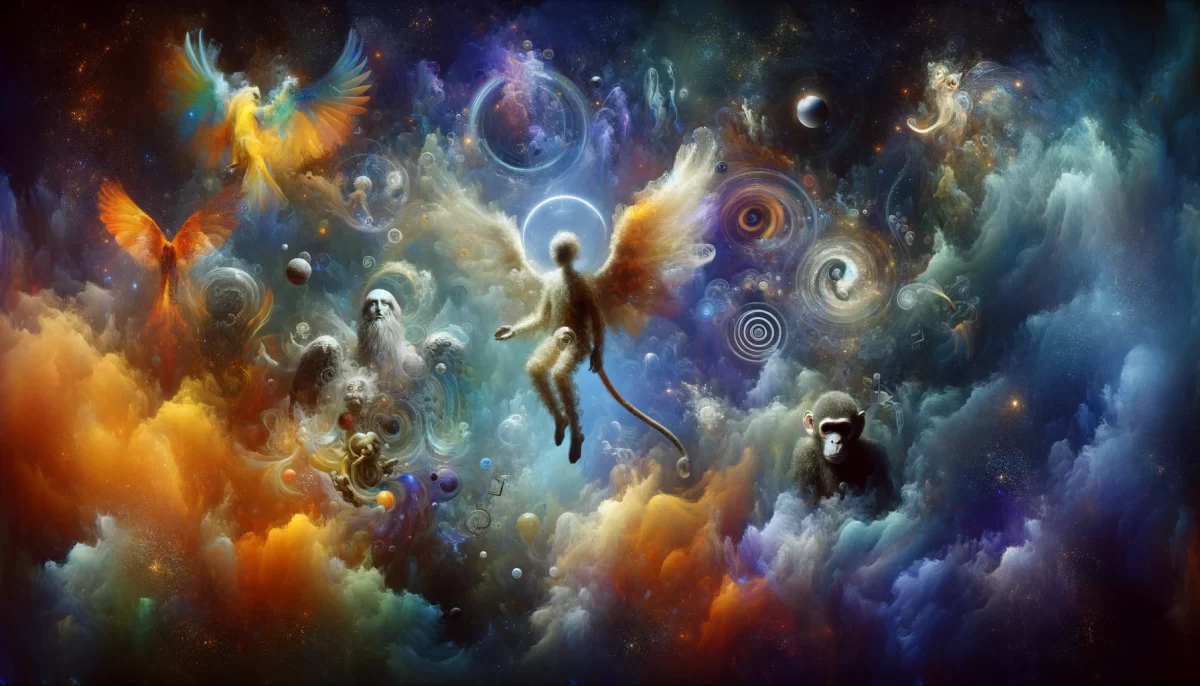
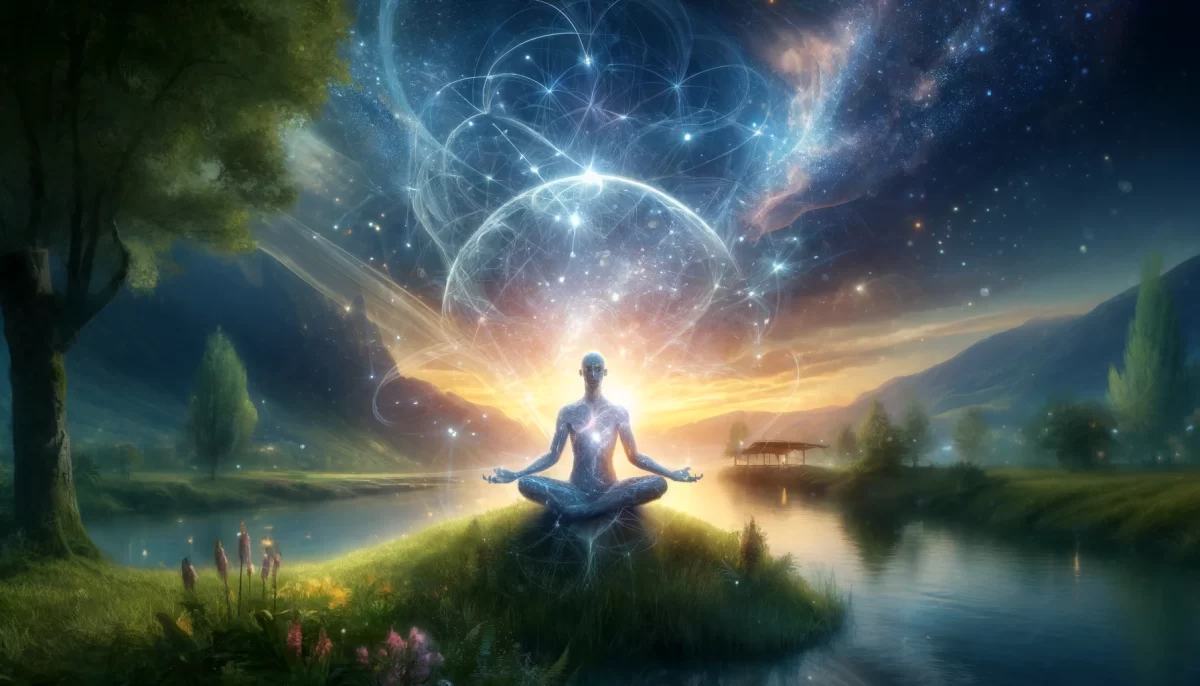
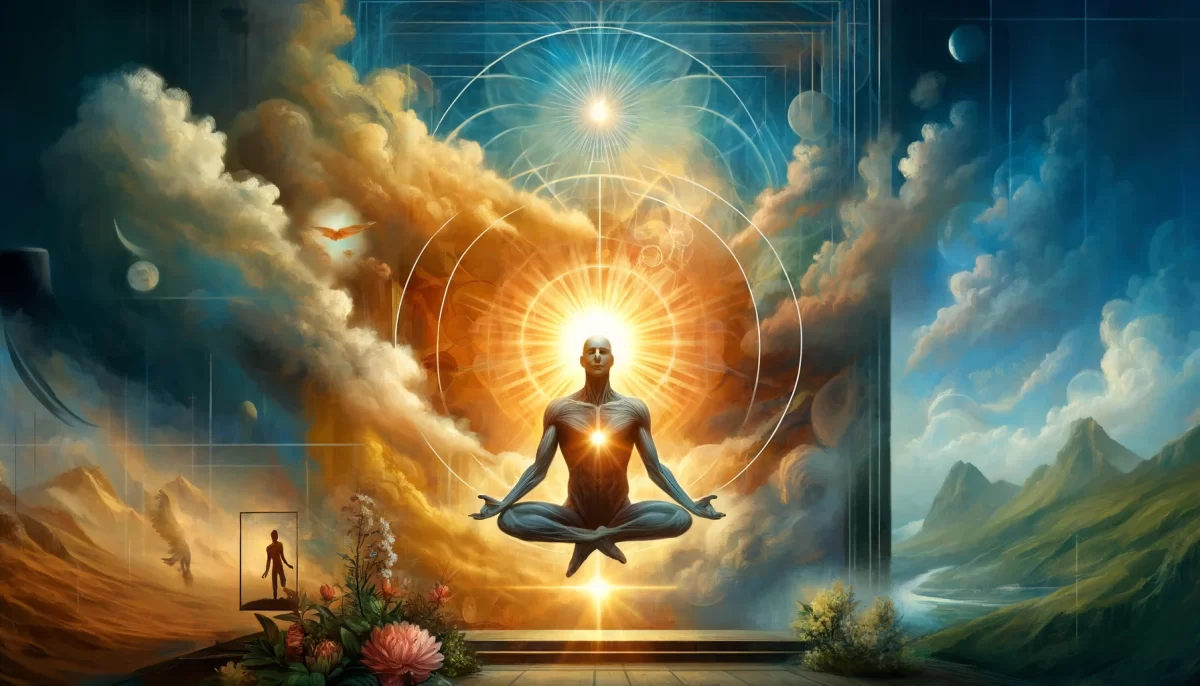
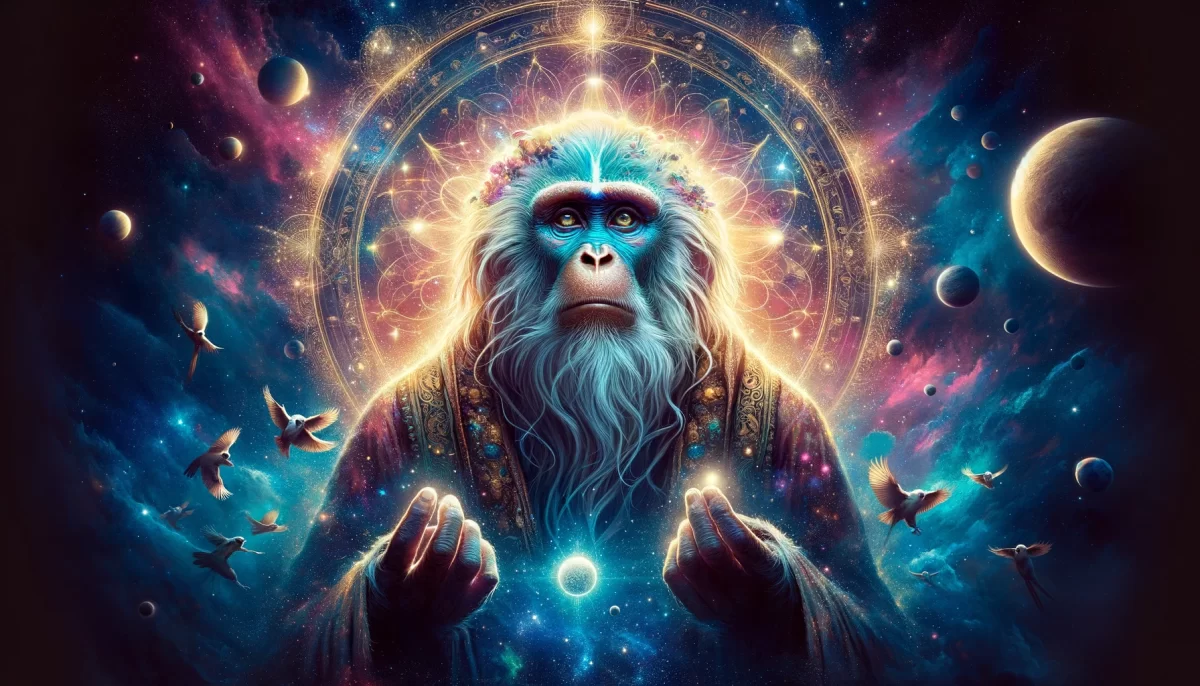
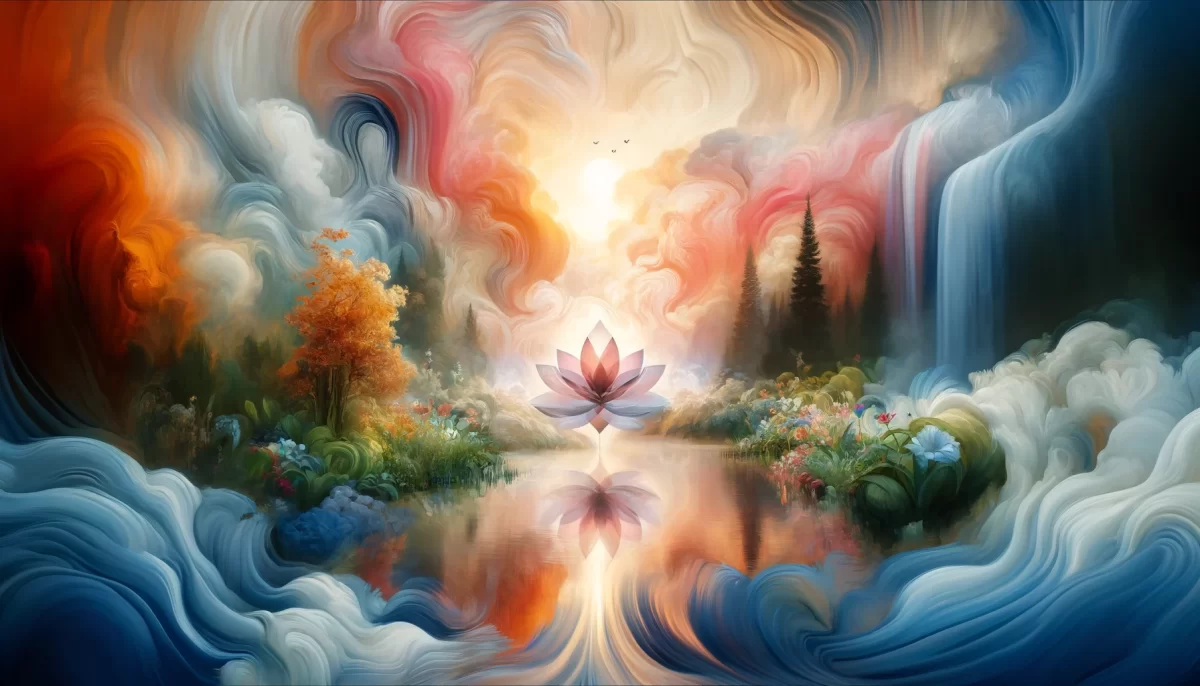
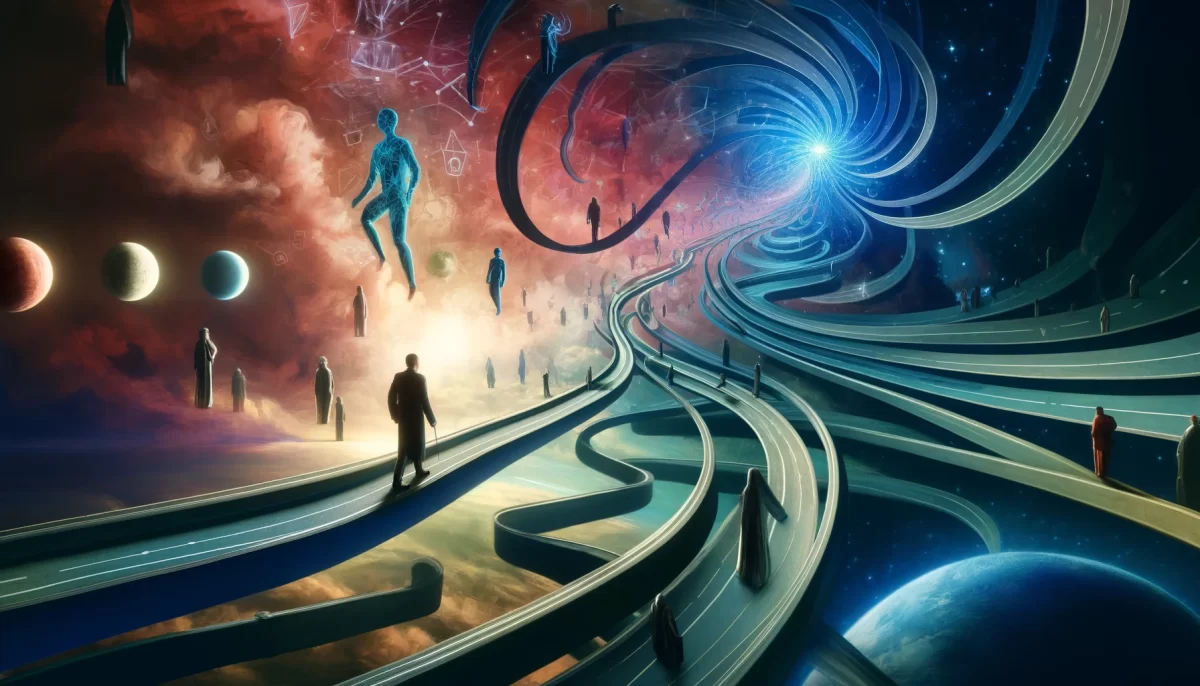
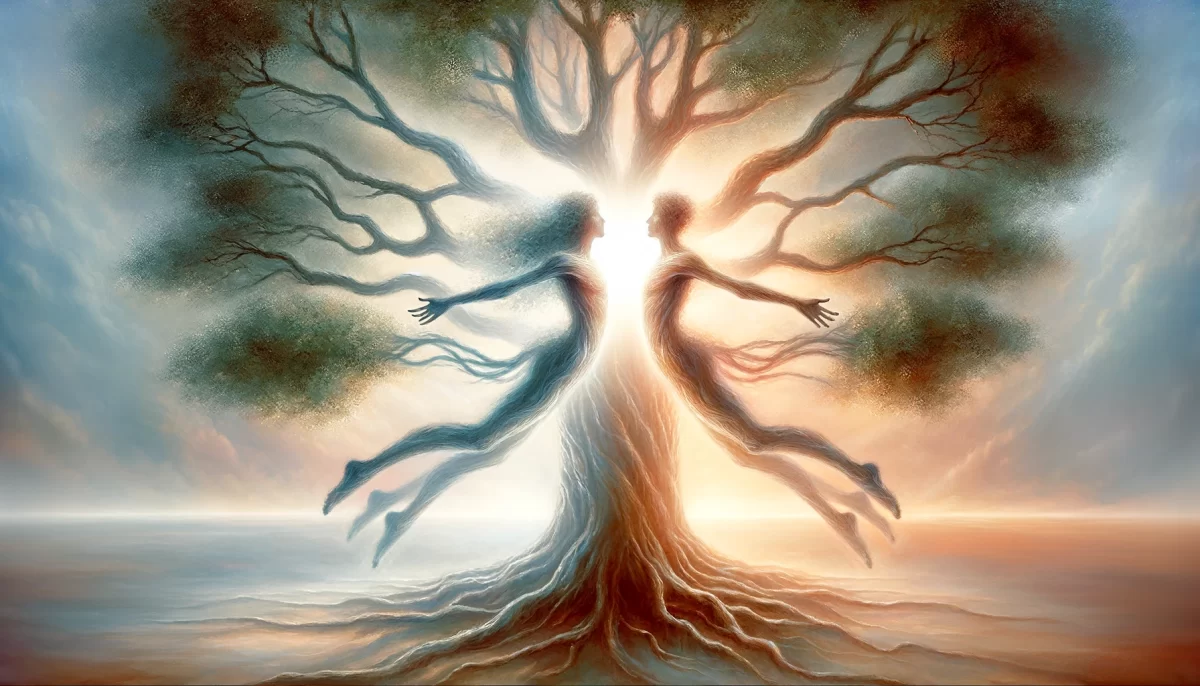
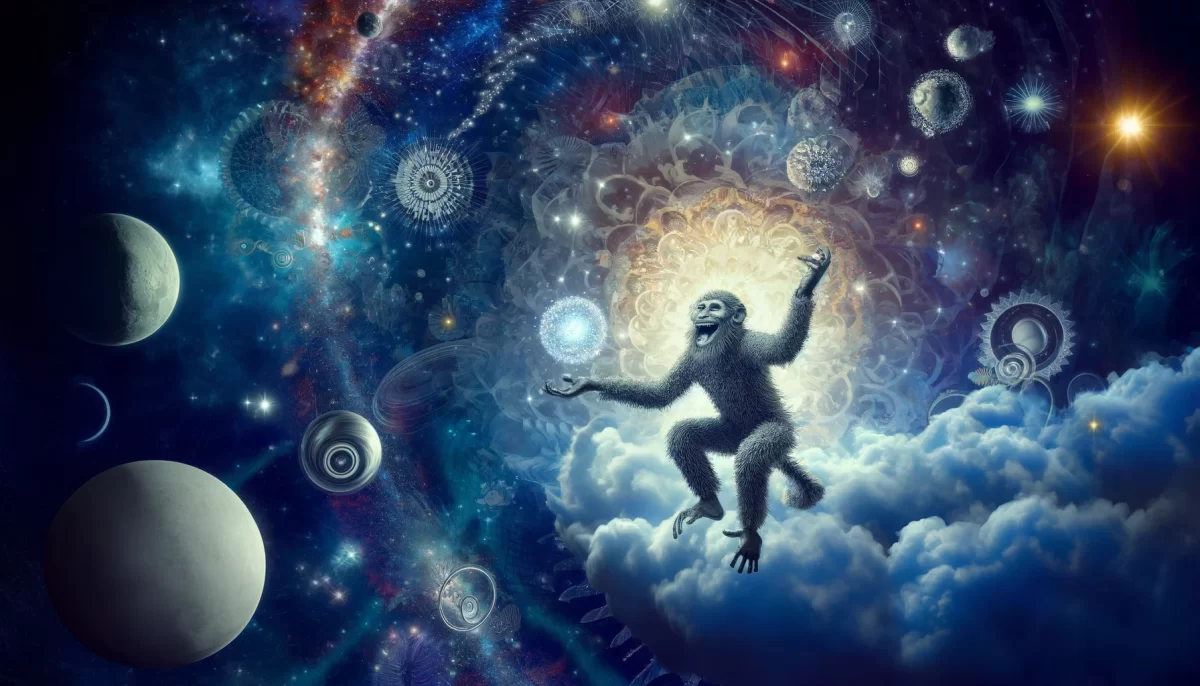
Leave a Reply